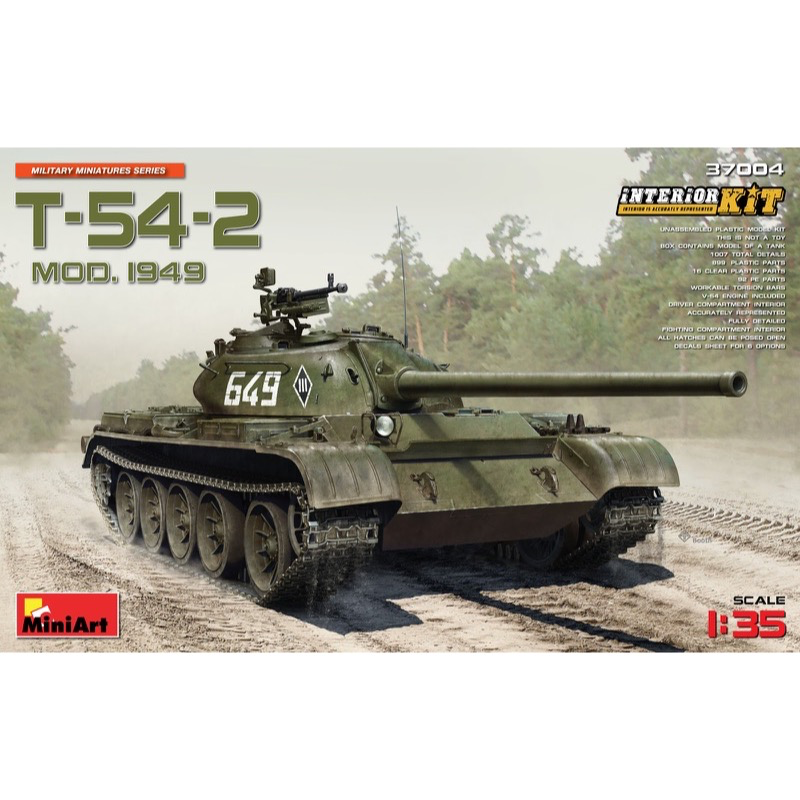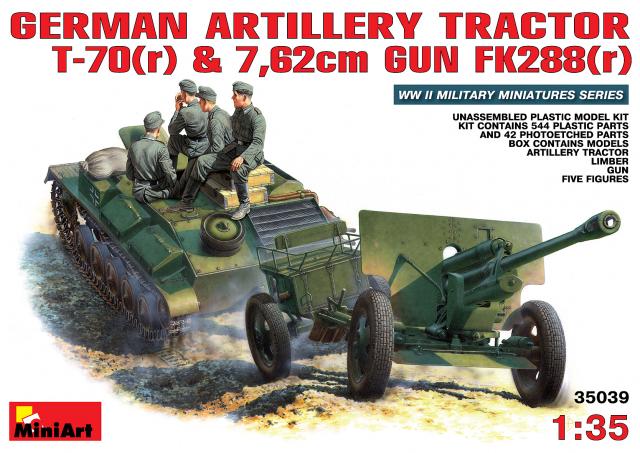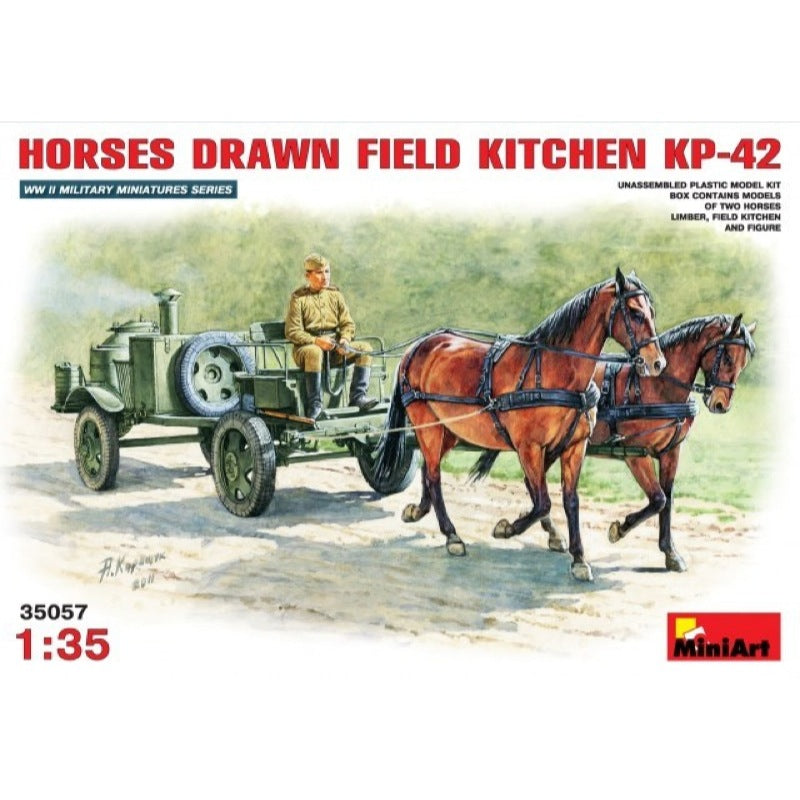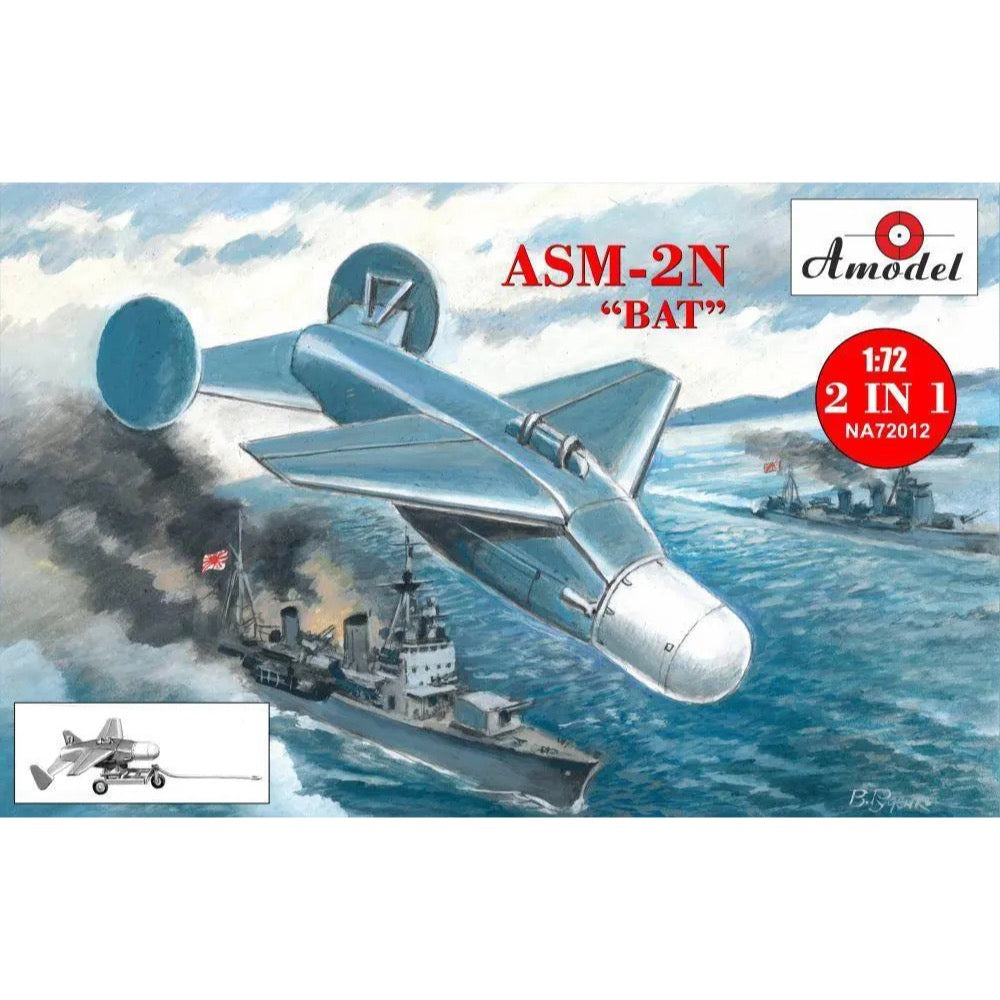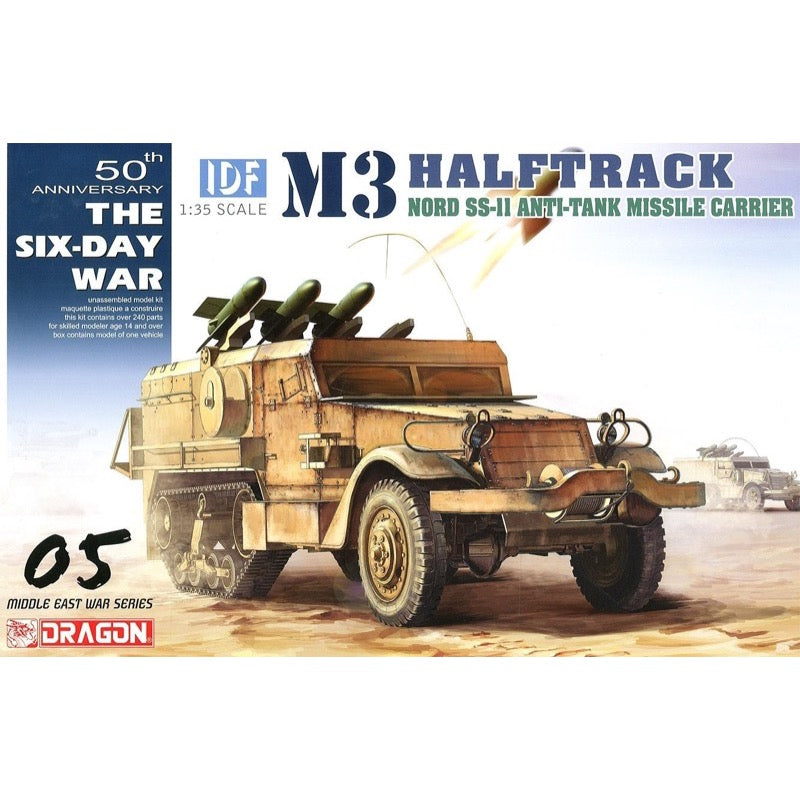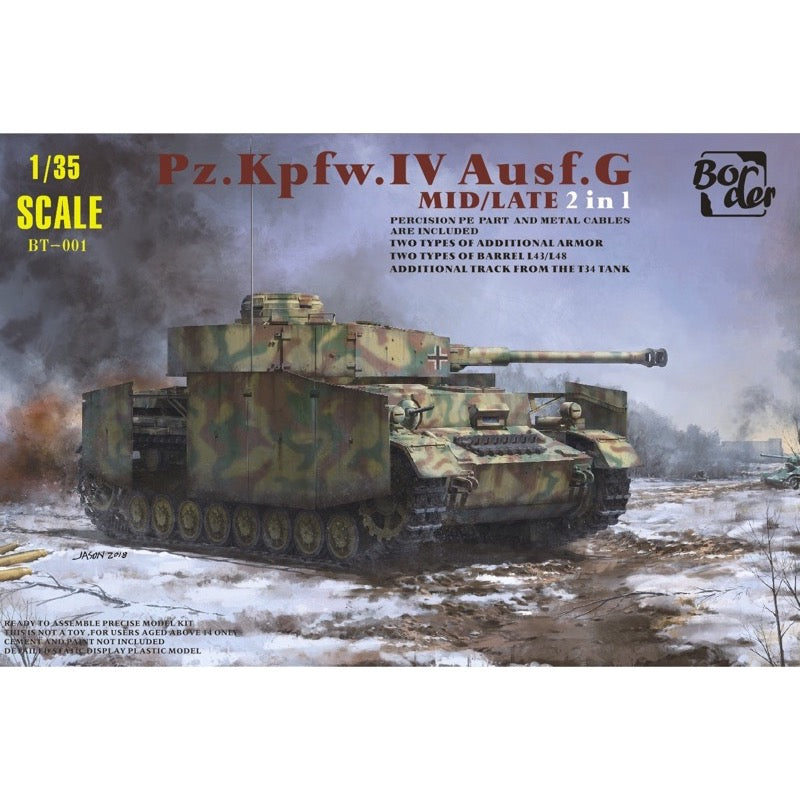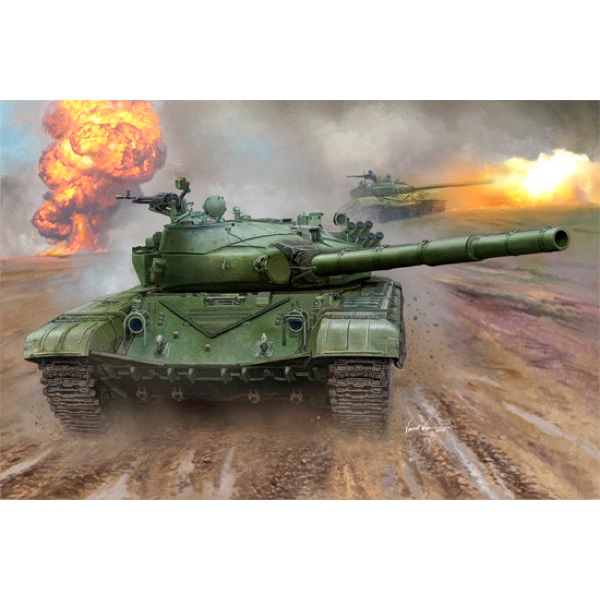
Trumpeter 00924 1/16 Russian T-72B Mod. 1985 MBT
The T-72 is a Soviet second-generation main battle tank that entered production in 1970. It was developed directly from Obyekt-172, and shares parallel features with the T-64A.The T-72 was one of the most widely produced post-World War II tanks, second only to the T-54/55 family, and the basic design has also been further developed as the T-90.
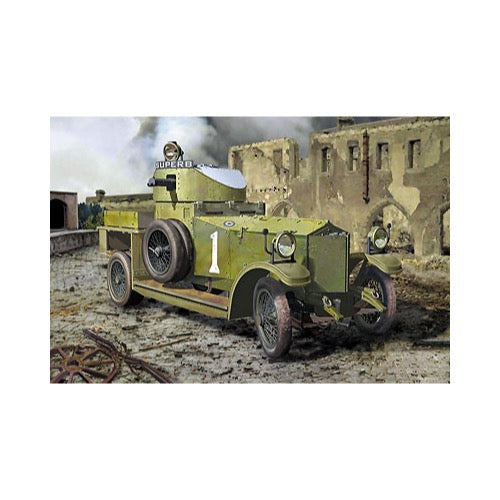
Roden 803 1/35 British Armoured Car (Patterm 1914)
In 1914 with the beginning of WWI, it became clear that this war would not only be a conflict between the manpower of the combatants. Any war has always provided the impetus for the rapid application of new ideas and means of destruction and the "Great War" would not be an exception. Numerous inventions of the late XIX - early XX Centuries, such as the combustion engine, fast firing weapons and heavier than air aircraft would now of necessity play crucial roles in these new conditions.
In the autumn of 1914 light armored Minerva Cars were used quite successfully by the Belgian army, and it strongly impressed the leadership of the British Royal Naval Air Service (RNAS). The chassis of the famous passenger car the Rolls Royce Silver Ghost was considered as a basis for the future armored car, which had quite good structural strength and high cross-country ability. Moreover, on the initiative of some military officers, during the early days of the war some Silver Ghosts were refashioned as patrol cars, for which purpose a Maxim gun was installed. Several encounters with German command cars, when the British easily dealt with the enemy with their machine guns, proved that the concept of armored vehicles was practical and should be further developed.
On to the chassis of the Silver Ghost, which was unchanged, was installed an armored body, which consisted of riveted metal plates of six millimeter thickness. In the aft part, behind the driver's seat, was installed a moving cylindrical turret and behind that was a small space for boxes of ammunition and entrenching tools. The wheels of the armored car, as on its passenger predecessor, were spoked. Protection against heavy enemy fire was not discussed and the concept of a light armored car was the only consideration.
The first three armored vehicles were ready as soon as October 1914 and they were immediately sent to the Western Front, but unlike the 'ersatz' armored cars which had so successfully shown their worth earlier, production cars did not gain great renown in the conditions of trench warfare. The numbers of Rolls Royce Armoured Cars were gradually increased, but this war of largely static positions, which dragged on for so long, did not give them a chance to show their full worth.
However, on another continent, in the Middle East, where the flames of war flared up with ever increasing force, these armored cars appeared to be a real success and a boon for the British. The endless hot desert terrain from Turkey to Palestine could not be called ideal conditions for the armored car of the time, but in this situation when the Empire had to wage war not only with the enemy in the colonies, but also suppress local indigenous uprisings, the Rolls Royce Armored Car was a significant help to the British troops. Already in 1915 in the Middle East there were at least six full squadrons of armored cars, 12 cars in each one, and later two more squadrons were added. Also later, one more squadron was sent from France to Egypt, and placed under the command of Lawrence of Arabia, a famous adventurer and historical character, who was a leader of the Arab rebels.
In the final period of WWI the Rolls Royce Armored Car was widely used only in the deserts of the Middle East and North Africa, since there was almost no work in Europe for them. But in 1916 these cars were used with great effectiveness in Ireland to suppress mass unrests. So, in the shape of the Rolls Royce and quite differently from its original purpose, for the first time in history the armored car became a specialized police unit. Later, the Irish government purchased 13 of these cars, which were used with considerable success by the Army and the country's police.
After WWI, the Rolls Royce Armored Cars did not suffer the fate of many other new types of armament, which in most cases were sent for scrap. After a series of upgrades, this armored car though significantly changed from its original appearance, remained in combat units right up until 1944 when the next great war, WWII, was coming to its end.
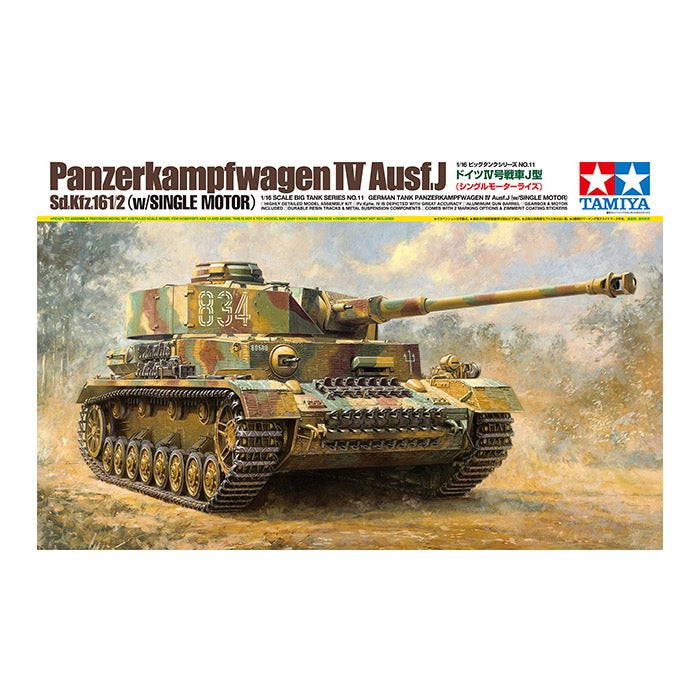
Tamiya 36211 1/16 German Tank Panzerkampfwagen IV Ausf.J with Single Motor
The Workhorse in 1/16!
A true workhorse of the Wehrmacht through WWII, the Pz.Kpfw.IV ran through numerous iterations. This Ausf.J variant was produced from 1944, and the enhanced defensive measures of its design testify to the worsening German situation at that time.
The main gun was the 7.5cm KwK 40 L/48 piece taken from the Ausf.H and for defense against approaching enemy infantry soldiers, installed in the turret was a new hatch for throwing grenades. It continued using the borrowed Schürzen from the Ausf.G. Now the Ausf.J is reproduced in stunning 1/16 scale, and comes with a Type 380 motor and gearbox for forward running.
Features
-
This is a 1/16 scale plastic model assembly kit.
-
Length: 445mm, width: 179mm, height: 166mm
-
The simple hull design is accurately reproduced, and parts for the turret Schurzen are separately molded.
-
Has a tough aluminum alloy lower hull.
-
75mm gun features an aluminum barrel.
-
Pre-assembled resin tracks recreate chevron design. Metal link pins give excellent durability.
-
Comes with 2 marking options and a Zimmerit coating sticker sheet.
-
Includes gearbox and Type 380 motor, requiring two R14/C/UM2 batteries (sold separately) for enthralling motion.
The Workhorse
-
A wealth of accessories are included in the kit (axe, crank and more) for that extra touch of detail!
-
Moving bogie suspension utilizes springs and metal parts. Pre-assembled resin tracks give smooth motion.
-
A Type 380 motor and gearbox provide propulsion. Metal suspension parts make for great durability.
-
Included coating sheets create realistic-looking Zimmerit. Apply the stickers, and paint over the top.
-
Comes with two marking options, including this vehicle from the 31st Panzer Regiment, 5th Panzer Division.
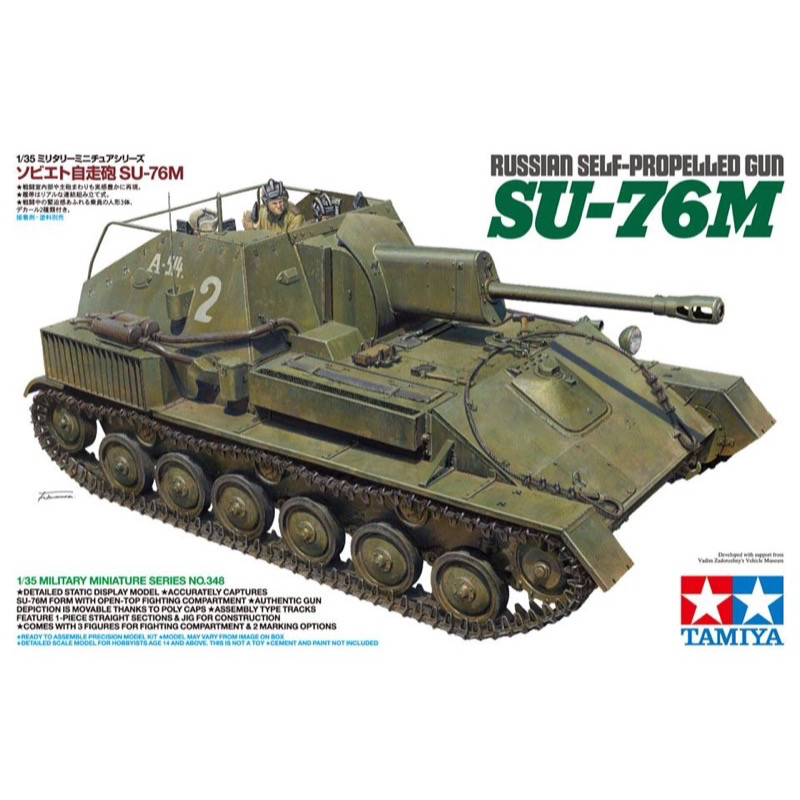
Tamiya 35348 1/35 Russian SU-76M Tank Destroyer
In the Nick of Time
The SU-76M filled an important and particularly pressing Soviet need for an effective self-propelled gun against invading German forces after the start of Operation Barbarossa in WWII. Based upon the T-70 light tank chassis, it was production-friendly and some 11,000 were manufactured between 1943 and 1945. Its 76.2mm ZiS-3 gun helped it to play a valuable part offering supporting fire and as an anti-tank weapon. Superior mobility was its calling card, and the SU-76M was also able to operate in close unison with infantry units.
Features
- This is a 1/35 scale plastic model assembly kit of the Russian self-propelled gun SU-76M.
- Length: 146mm, width: 78mm.
- Exhaustive surveys of a real SU-76M ensure the model accurately captures the open-top self-propelled gun form.
- 76.2mm gun parts breakdown and attachment was inspired by the real vehicle. Poly caps allow movement.
- Realistic assembly type tracks feature one-piece straight sections and jig for construction.
- Contains three figures in authentic pose, and comes with two marking options.
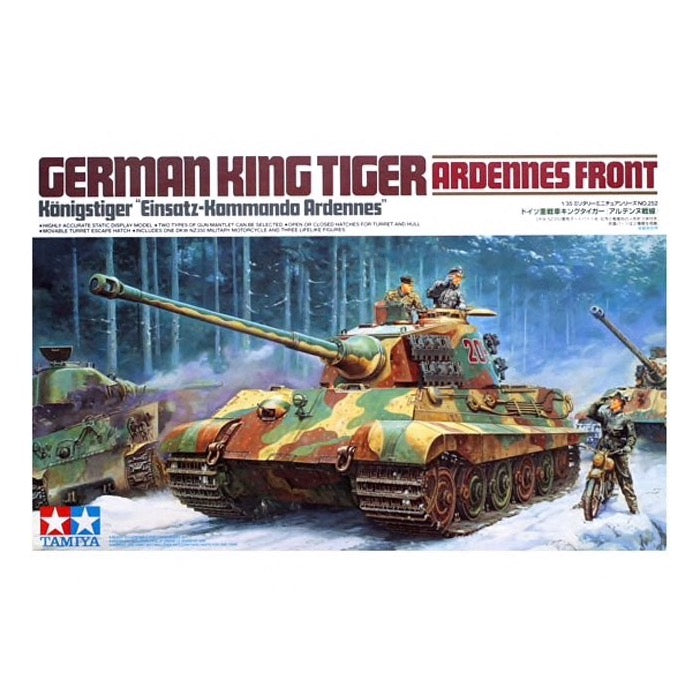
Tamiya 35252 1/35 German King Tiger Ardennes Front
Tamiya presents a 1/35 scale model of the King Tiger as it appeared during the final German offensive on the Ardennes Front. Also included in the kit is the DKW NZ350 military motorcycle. The thick armor and powerful 88mm gun of the King Tiger's Henschel turret struck fear in the hearts of all Allied troops that had the displeasure of facing this beast of a tank. In true Tamiya style, the King Tiger's fearsome image is captured in this model. Overflowing with detail, the kit features two different types of gun mantles (model can be assembled with stepped and sloped mantle), as well as parts for the accurate replication of the DKW NZ350's engine. Small headlight and other features seen on the motorcycle during the final stages of World War II are reproduced. Great for making the perfect Ardennes diorama. Tank commander, tank crewman and orderly figures (3 figures in all) have also been included in this kit.
The German King Tiger (Ardennes Front)
Development of the massive King Tiger began in February 1943 to counter the increasing threat of Russian Tanks. A more powerful cannon was added, upgrading from the L56, 88mm of the Tiger I to the Type 43 L71, 88mm high velocity gun. The chassis front armor was 150mm thick with 80mm thick side armor. The Henschel and Porsche companies came up with rival turret prototypes. After the trial production of 50 tanks with the Porsche turret, the Henschel design, with its extremely thick armor that measured 185mm on the front and 88mm on the side panels, was adopted for mass production. The Henschel turret itself was revised mid-way through production, from a stepped gun mantle to a smooth one. Due to the havoc wreaked by the King Tiger I during the final German offensive on the Ardennes front in December of 1944, the Allied forces that moved in on Berlin would fear the King Tiger up until the very last day of the war. As for the DKW NZ350 military motorcycle, production began in 1940. However, this German military motorcycle experienced mid-production changes when resources became limited towards the end of the war. DKW NZ350's at that time were seen with smaller headlights and thinned-out fenders.
About the model
Tamiya presents a 1/35 scale model of the German King Tiger accurately portrayed as it appeared during the final German offensive in the Ardennes Forest of Belgium.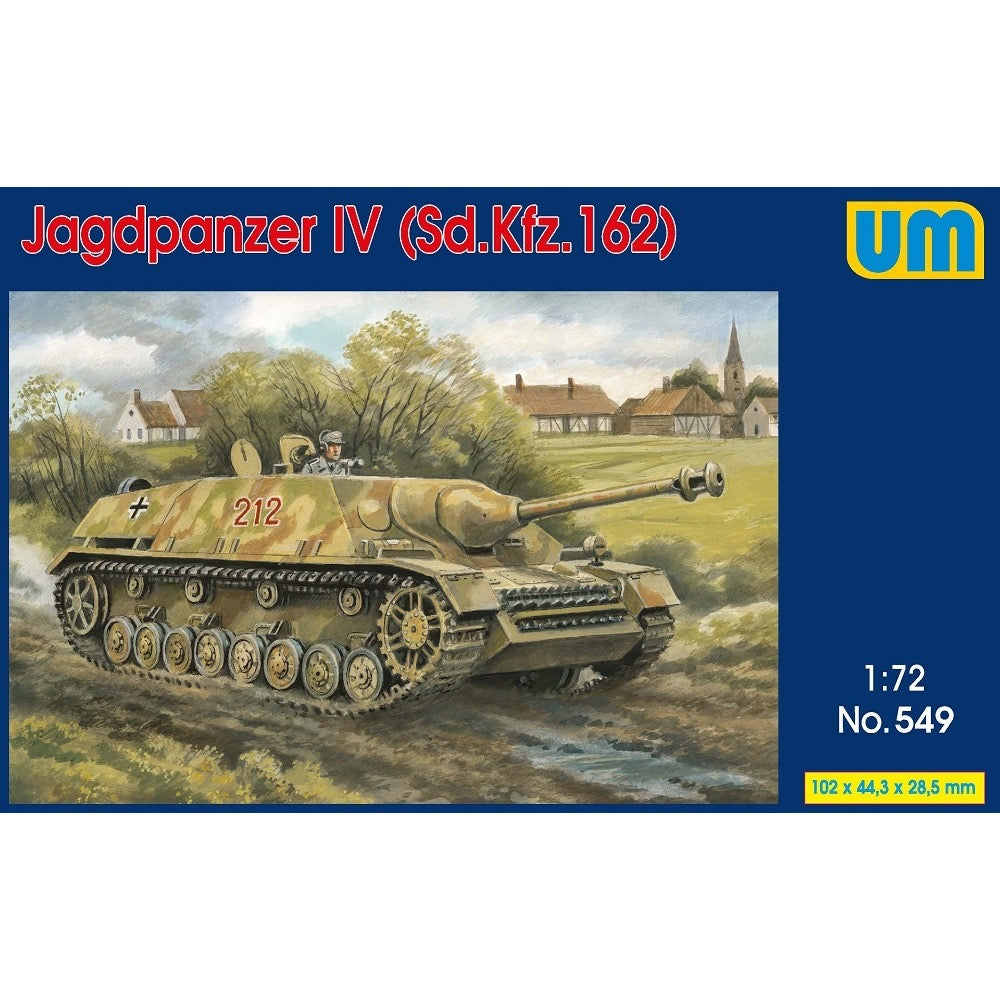
UniModel 549 1/72 Jagdpanzer IV Sd.Kfz.162 Tank Destroyer
Unassembled plastic model kit in 1/72 scale of a German WWII anti-tank gun fitted in a Panzer IV chassis an with a fixed armoured upper structure, commonly known as JAGDPANZER IV.
Kit includes two plates of PE (photo etched) detail parts and decal sheet for three different markings. Tracks are in the link & length format.
Specification
- SKU: UNIM549
- Dimensions: 240x150x35 mm (9.4x5.9x1.4 inch)
- Weight: 106 g (0.23 lbs)


